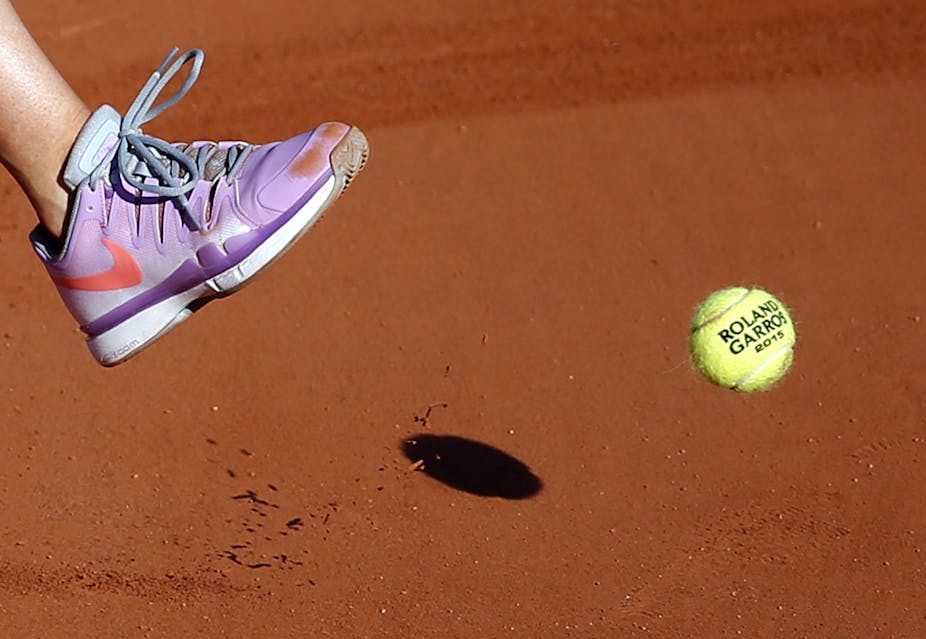Andy Murray’s recent run into the French Open semi-finals has been well publicised, and there is not doubt he certainly is striking the ball as well as he ever has on the red clay following some impressive results in Munich and Madrid.
While there are many that have cited his recent training time in the red dirt of Barcelona as a key element, there is not doubting the fitness regime that he has undertaken as part of his preparations has been a cornerstone of this recent run.
Even his coach, Amelie Mauresmo has cited his continuing good health and ability to engage in consistent training as a key factor in his clay court results. Many would find it hard to disagree with this ideology, especially when you consider that clay courts have been shown the elicit higher heart rates, increased blood lactate concentrations, increased aerobic energy demands, greater distances covered, as well as increased ratings of perceived exertion.
We also know that the rallies are longer on clay compared to other surfaces, and players experience more gruelling accelerations and decelerations. These demands are also considerably increased for players who make it deep into tournaments, having been consistently meeting these demands over the seven rounds it takes to make the finals.

On this basis it is perhaps not surprising that Murray withdrew from the Rome Masters recently in order to recover and better prepare for the physical demands of what was to come in Paris. One thing is clear: you have to be in top physical conditioning in order to cope with the demands of toughing it out in the dirt.
Training for the dirt
Given the demanding and relentless nature of professional tennis, it is perhaps not surprising that we hear reports that Murray has been using Pilates. Whilst there is no doubt that he has reported many perceived positive effects resulting from his recent sessions, the evidence regarding its effectiveness remains equivocal.
Murray certainly seems to perceive Pilates as a useful part of his recovery regime between training and matches, but we have to factor in that the significant volume of resistance training and metabolic conditioning that Murray undertakes in his tournament preparations that are the foundations of his ability to run deep in tournaments in the dirt.
There are many reported benefits of weight training including improvements speed, change-of-direction speed, power and endurance, all of which are key elements for tennis performance at the highest level.

It is therefore not surprising that other players who made it deep into the Paris draw such as Jo-Wilfred Tsonga as well as the female players such as Serena Williams, Anna Ivanovic all take their gym training seriously.
There is no doubt that all these players are equipped to deal with the relentless physical demands of the Paris clay, but it remains to be seen who has the most physical strength to be crowned the king and queen of the dirt in Paris this weekend.

